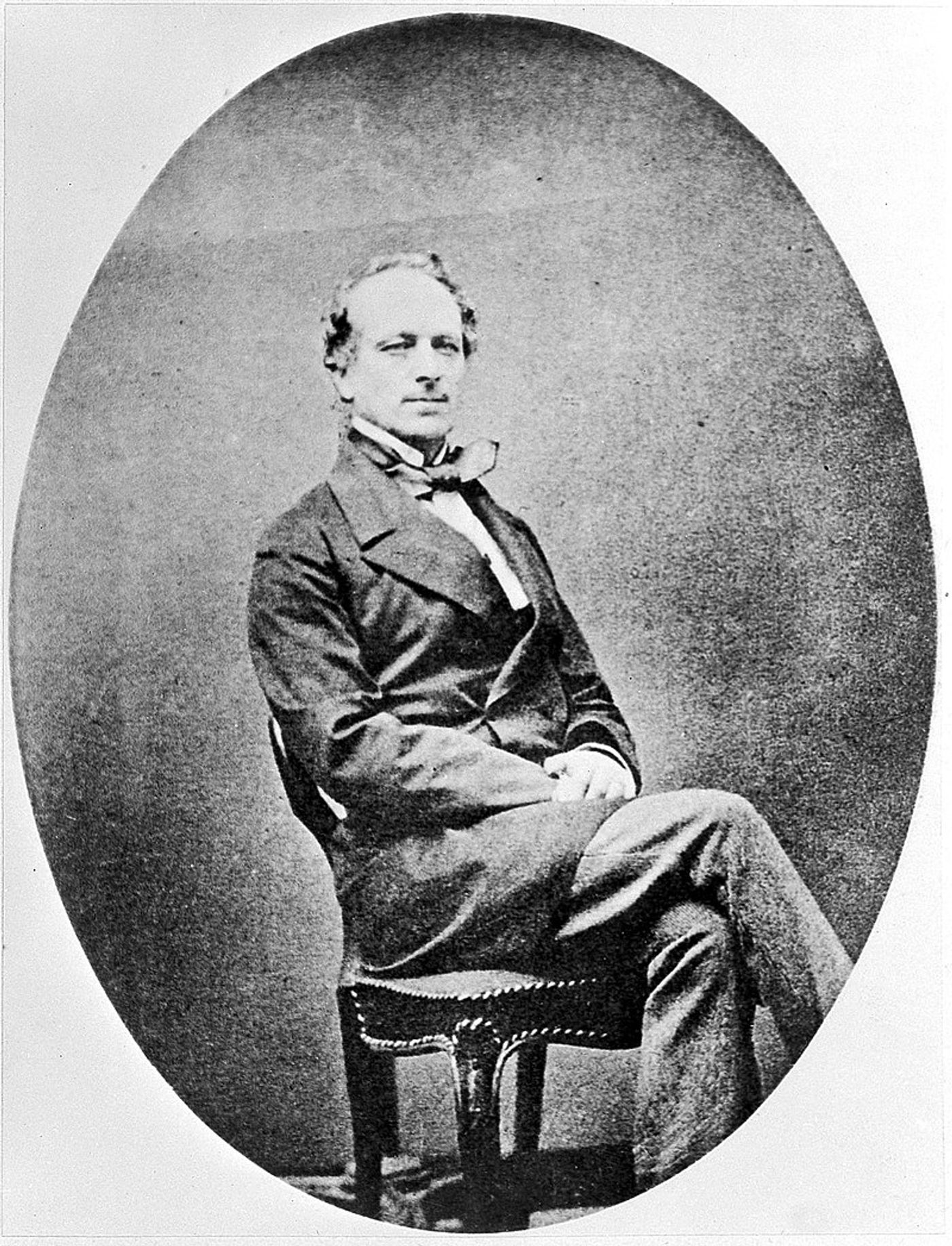Francis Rynd: The Dublin Doctor whose Needle Advanced Medical Care
Today, many in Ireland and throughout the world celebrate St. Patrick’s Day. While parades, shamrocks, and green beer have become the commercial images associated with the day, St. Patrick’s Day originated in honor of the Irish saint who lived in the fifth century. To add to the celebration of all things Irish today, we wanted to look into an Irish doctor, Francis Rynd, whose contributions to the field of medicine still benefit cancer patients today.
Born in 1801 in Dublin, Ireland, Francis attended Trinity College. He continued his training as an apprentice to Sir Philip Crampton at Meath Hospital. Francis became a member of the Royal College of Surgeons in 1830 and served as the medical superintendent of Mountjoy Prison. In 1836, Francis returned to Meath Hospital as a surgeon.
This file comes from Wellcome Images, a website operated by Wellcome Trust, a global charitable foundation based in the United Kingdom.
Meath Hospital had a great reputation as a medical training and research facility and that environment may have encouraged Francis towards his revolutionary invention, a technique to inject substances under the skin. Francis’s ingenuity and creativity, prompted by his desire to best serve his patients, led to the development of the hypodermic needle.
In the early 1840s, Francis treated a woman named Margaret Cox with neuralgia who experienced severe facial pain. When drinking morphine didn’t soothe the pain, Francis sought a method to place morphine under her skin, where it could come into contact with facial nerve endings. On June 3rd, 1844, Francis used his new tool, the hypodermic needle, for the first time. This thin, hollow tube with a sharp tip allowed Francis to place morphine directly under the skin, resulting in delivery of a local anesthetic.
Francis created this device by attaching a small tube (known as a cannula) to a device that can cut the skin (called a trocar). After puncturing the skin on his patient’s face, Francis placed the tube under the skin and morphine flowed into the body with the help of gravity. Francis’s device quickly became a standard method for treating pain. Francis published a paper titled “Neuralgia – introduction of fluid to the nerve” in the Dublin Medical Press where he described using his procedure with Margaret and another patient named Robert Dolan who experienced severe hip pain relived with Francis’s novel tool.
By 1853, Alexander Woods added a plunger syringe was added allowing quicker and more efficient delivery of solutions under the skin or intravenously. With this modification, doctors could also take blood samples from a patient which could be used for diagnostic testing.
Today health care providers use hypodermic needles for a myriad of clinical procedures. In the field of oncology healthcare, needles developed from Francis’s original design may be used for needle biopsies and drug delivery.
Sources: The Irish Times, Dublin Medical Press










